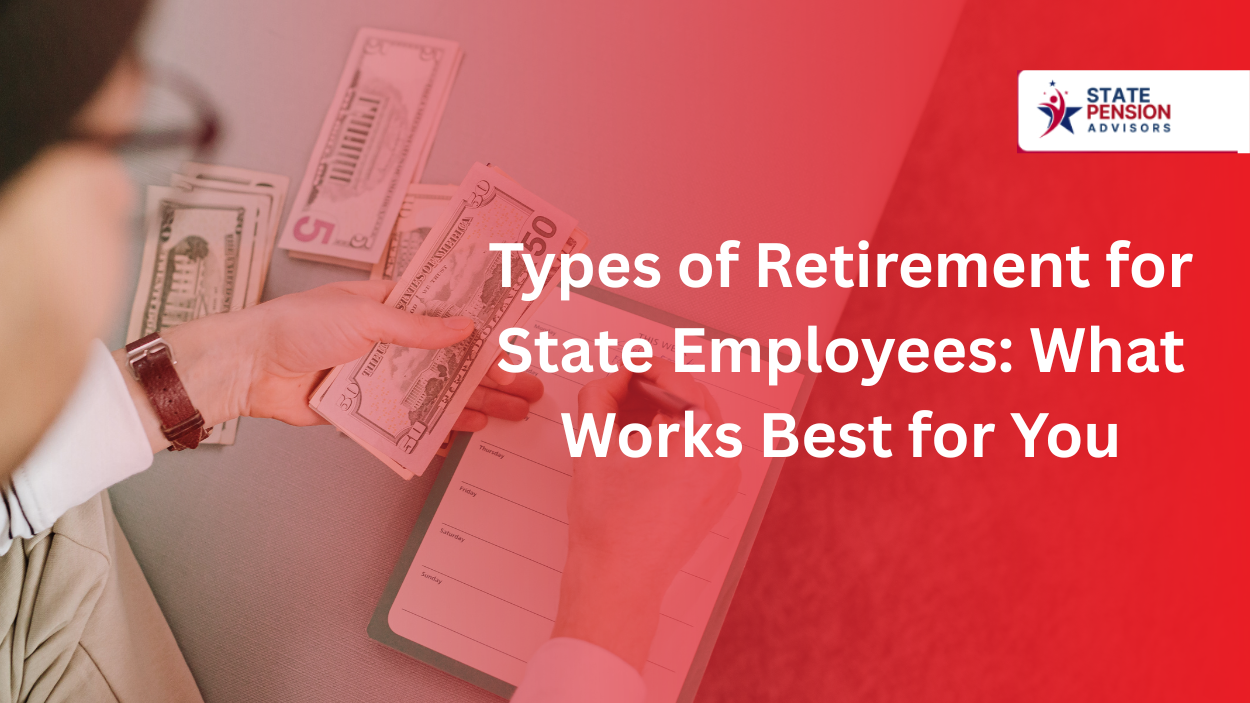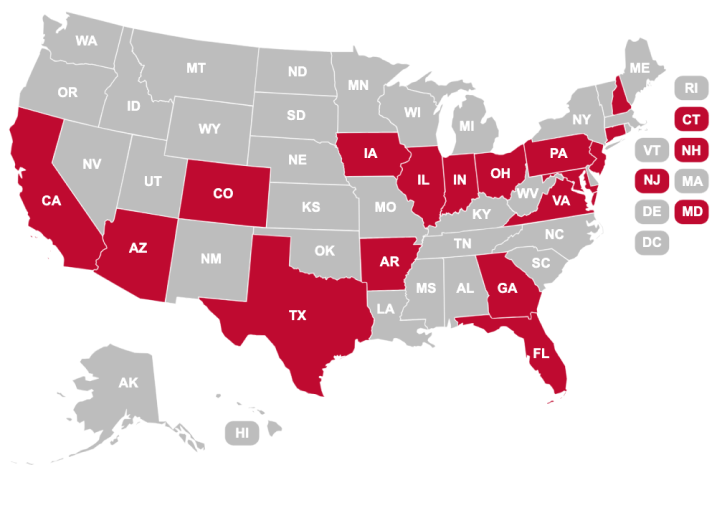Understanding State Government Pensions: A Comprehensive Guide

Introduction
State government pensions serve as a fundamental pillar of retirement security for countless public sector workers across the nation. These comprehensive plans are designed to offer consistent financial support to employees post-retirement, acknowledging their contributions to public service. This guide seeks to clarify the intricacies of state pensions, providing an in-depth look at their structure, benefits, and the hurdles they may face. Our objective is to equip you with the essential knowledge to navigate the complexities of state pensions with confidence.
State Government Pensions Explained
State government pensions are specialized retirement schemes tailored for public sector workers, aimed at ensuring a stable retirement income as a reward for their service. These plans generally fall into two categories: defined benefit plans, which guarantee a predetermined monthly income based on factors like service length and salary, and defined contribution plans, where retirement benefits are influenced by the investment performance of contributions from both employee and employer.
Eligibility and Enrollment Insights
Joining a state pension scheme typically requires meeting specific criteria, such as a minimum period of employment and whether one is employed on a full-time or part-time basis. The enrollment procedure can differ across states, sometimes offering a choice between different pension plans. Key considerations when choosing a plan include understanding the long-term financial implications and how each option aligns with your retirement goals.
Key Benefits of State Pensions
State pensions are synonymous with several core advantages:
- Guaranteed Income: Ensuring a steady flow of income in retirement.
- Inflation Protection: Some plans include adjustments to keep up with inflation.
- Survivor Benefits: Provision for dependents in case of the employee's demise.
These features underscore the security and dependability of state pensions, providing a sense of financial security for public sector employees about their retirement.
Contributions and Benefit Accrual
State pension plans are typically funded through contributions from both employees and employers. The growth of pension benefits over time is influenced by various factors, including the number of service years and the employee's earnings. For instance, the National Association of State Retirement Administrators (NASRA) provides insights into how these contributions impact pension benefits across different states.
Vesting and Retirement Age Considerations
Vesting is a crucial concept in state pensions, marking the point at which an employee earns the right to pension benefits after a specified service period. Retirement age guidelines vary, with provisions for early retirement under certain conditions. Understanding these aspects is vital for strategic retirement planning.
Also read - pension vs retirement
Exploring Pension Payout Options
Upon retirement, employees are typically presented with several payout choices, including:
- Lump-Sum Payments: A one-time payment of all pension benefits.
- Annuities: Regular payments over a lifetime or a specified period.
- Combination Options: A mix of lump-sum and annuity payments.
Each option carries its own set of benefits and considerations, such as the potential tax implications and the stability of income.
Challenges and Reforms in State Pensions
State pension systems face numerous challenges, including funding deficits and demographic shifts. For instance, a report by the Pew Charitable Trusts highlights the funding and policy challenges confronting state pensions. Recent reforms aim to address these issues, emphasizing the need for beneficiaries to stay informed about changes that could affect their retirement plans.
Retirement Planning with State Pensions
To maximize pension benefits and seamlessly integrate state pensions into a broader retirement strategy, consider the following tips:
- Understand how additional service years and salary increments can enhance pension calculations.
- Consult financial advisors for personalized planning, taking into account individual financial situations and goals.
Conclusion
Grasping the nuances of state government pensions is essential for public sector employees preparing for retirement. Armed with the right information and strategic planning, these pensions can provide a robust foundation for a secure and comfortable retirement. We advocate for proactive retirement planning and consultation with financial experts to navigate the complexities of state pensions effectively.










.png)
.png)










